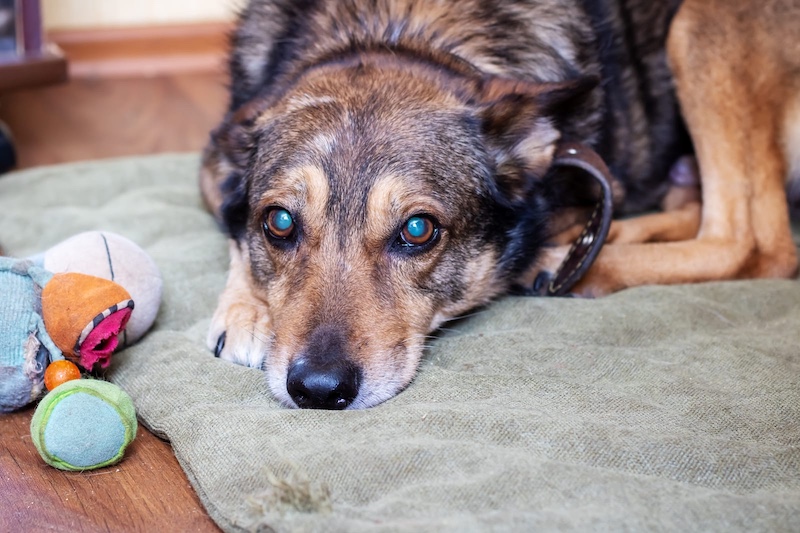Arthritis is a common condition in dogs, especially as they age. It involves inflammation of the joints, leading to pain, stiffness, and reduced mobility. While arthritis is often associated with older dogs, it can affect dogs of all ages. Spotting the early signs of arthritis can help you manage the condition and improve your dog’s quality of life. Here’s what to look out for.
Limping or Favoring a Leg
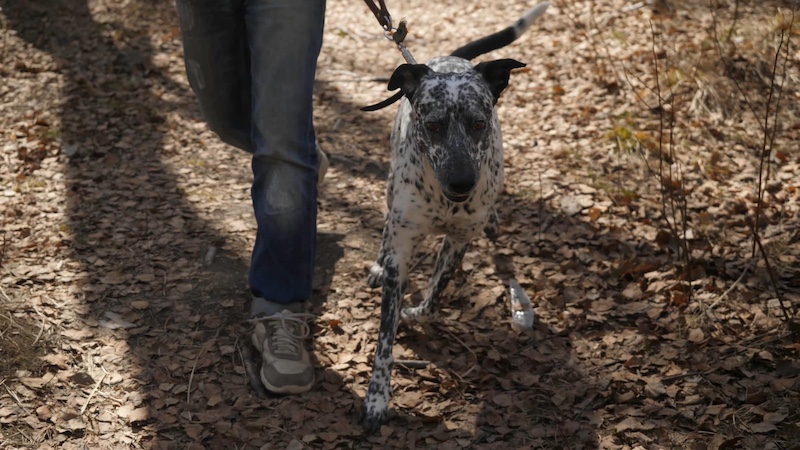
One of the earliest signs of arthritis in dogs is limping or favoring one leg over the others. If your dog suddenly begins to limp, especially after exercise, this could be an indication of joint pain. Dogs with arthritis may shift their weight to reduce discomfort in the affected joint, resulting in an uneven gait. If you notice any persistent limping, it’s essential to consult your veterinarian for an evaluation.
Difficulty Standing Up or Lying Down
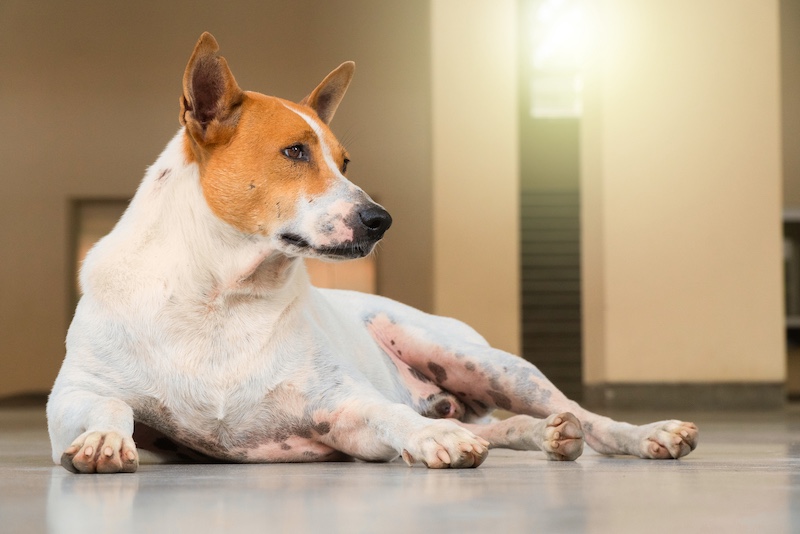
Dogs with arthritis may struggle to stand up after lying down for an extended period. You might notice your dog hesitating or taking longer to rise, especially in the morning or after naps. They may also seem stiff when they first get up but loosen up after moving around for a while. If your dog seems reluctant to lie down or change positions, this could be another red flag.
Reduced Activity or Reluctance to Exercise

A decrease in activity levels is a common early sign of arthritis. If your dog seems less interested in going for walks, playing, or running, they may be trying to avoid the pain associated with movement. Dogs with arthritis may also tire more quickly during activities they once enjoyed, such as fetch or hiking. A reluctance to jump onto furniture, climb stairs, or get into the car can also indicate joint pain.
Licking, Chewing, or Biting at Joints
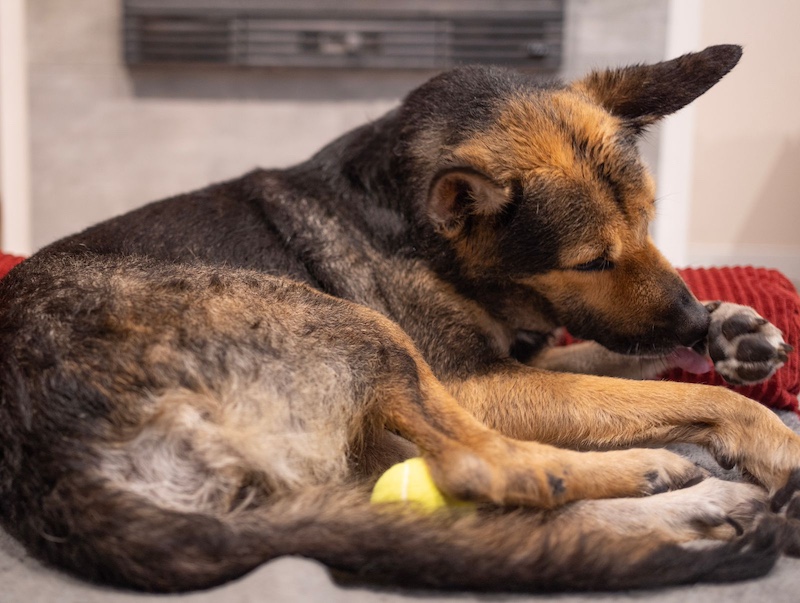
Dogs often lick, chew, or bite areas that are causing them discomfort. If you notice your dog paying extra attention to a specific joint, such as licking or chewing at their knees, hips, or elbows, this could be a sign of arthritis-related pain. Constant licking or biting at the joints is your dog’s way of trying to soothe the discomfort they are feeling.
Stiffness or Reduced Range of Motion
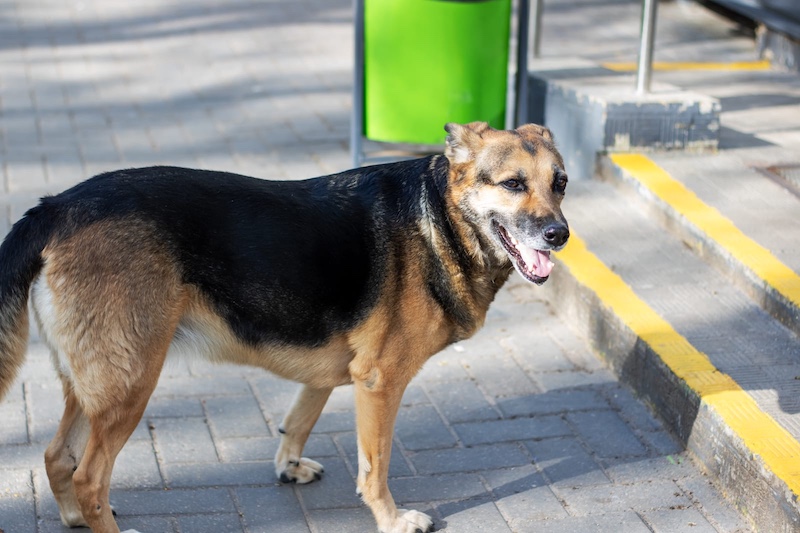
Another early sign of arthritis is stiffness, particularly after periods of rest. You may observe your dog moving more slowly than usual or struggling to bend their limbs as much as they once could. Reduced range of motion in the joints may make your dog’s movements appear more awkward or less fluid. This stiffness is often more pronounced after sleep or inactivity.
Behavior Changes

Arthritis can cause your dog to become more irritable or withdrawn due to chronic discomfort. A dog that once loved being handled or petted may growl, whine, or move away when touched, especially if the painful joints are affected. Your dog may also seem less enthusiastic or more tired than usual, showing signs of depression or lethargy. Keep an eye on these subtle behavioral shifts, as they may be a sign your dog is in pain.
Muscle Loss

In some cases, arthritis leads to muscle loss or atrophy, especially in the legs. This happens because your dog may use the affected limb less frequently, causing the muscles to weaken over time. If you notice that one leg appears thinner or less muscular than the others, arthritis could be the culprit.
What to Do If You Suspect Arthritis
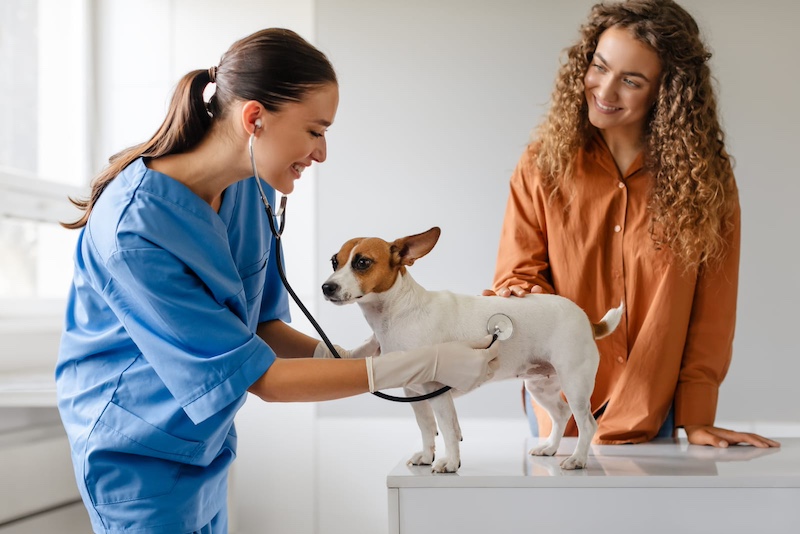
If you notice any of these early signs of arthritis in your dog, it’s important to consult your veterinarian. Early diagnosis and intervention can make a significant difference in managing the condition and minimizing pain. Your vet may recommend treatments such as joint supplements, pain relief medication, weight management, or physical therapy to improve your dog’s mobility and comfort. Please Note: This content was created with the assistance of AI and thoroughly edited by a human before publishing.

